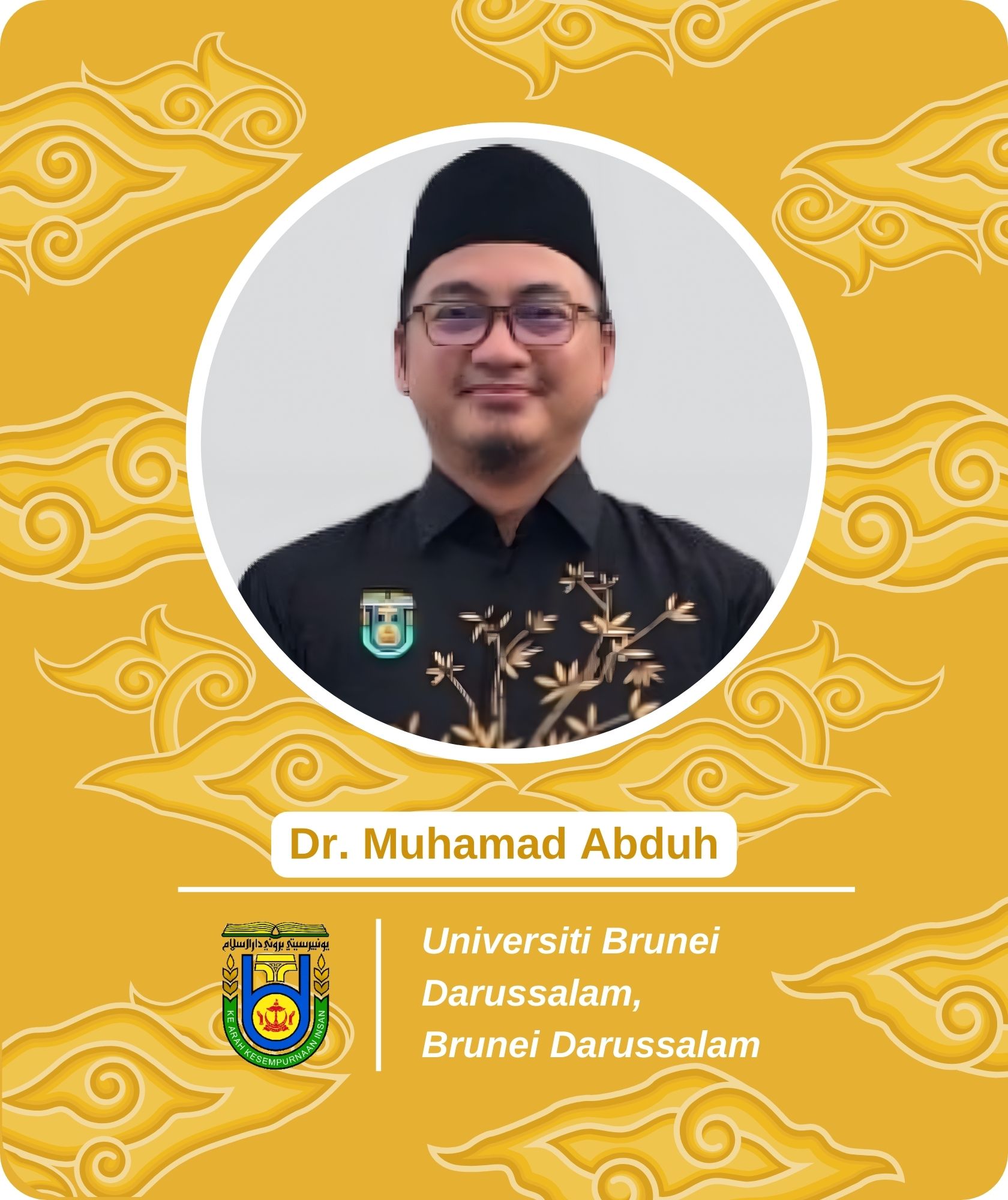Animal-Source food consumption and its contribution to iron adequacy among women reproductive age in Indonesia
Keywords:
Anaemia, Animal-source food consumption, Iron contribution, Iron intake, Women of reproductive ageAbstract
Background: Reproductive age is a crucial period which related to the optimal nutritional status of children in the future. However, women of reproductive age (WRA) are prone to anemia, especially iron deficiency anemia. Objective: This study aims to examine the consumption of animal food sources and their contribution to meet the iron’s recommended dietary allowances of WRA in Indonesia. Method: The data type used is secondary data from the Individual Food Consumption Survey (IFCS) 2014. The unit of analysis in this study was women of reproductive age (WRA) between 15-49 years old, with a total of 33.367 subjects. Results: Overall, the highest to the lowest average of animal food sources consumed by WRA, consecutively, were fish, other aquatic animals and products, meat and products, eggs and products, milk and products, offal and products. The average iron intake was 3.4±3.6 mg, with a contribution rate of 19.3%. The number of WRA who reached the level of iron adequacy ≥77% was only 2%. Most of the WRA with iron contribution below the average (19.3%) is 64.7%. The contribution of iron from the consumption of animal-source foods is higher in urban areas. Conclusion: Iron intake from animal-sourced food consumption was still far from meeting WRA's iron needs; thus, prioritizing animal foods that have a high iron density is highly recommended.




















